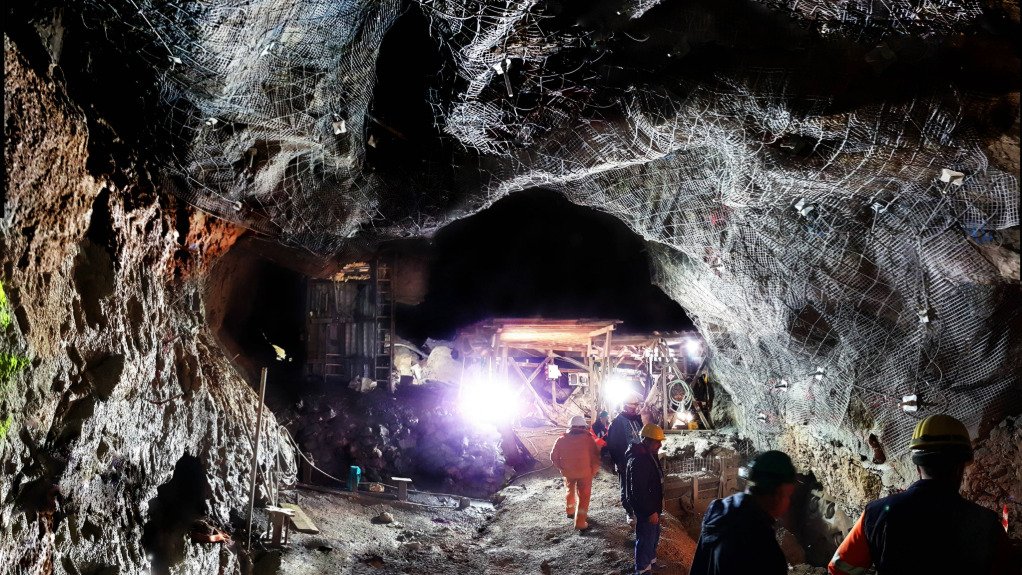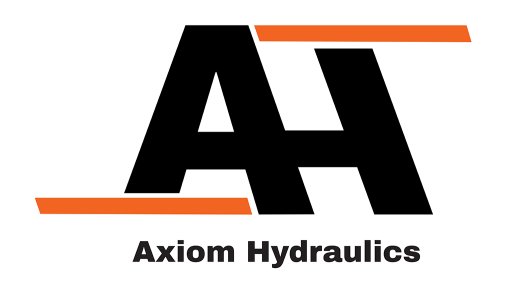Job, cybersecurity concerns cloud 4IR transition


FOCUSING ON POSITIVES Artificial intelligence can improve the efficiency of a mine and reduce corruption
While mining companies are exploring the integration of data analytics and other artificial intelligence (AI) systems into their operations, job-loss concerns, compounded by cybersecurity concerns, cloud the cost-effectiveness and optimisation benefits of Fourth Industrial Revolution (4IR) technology, says consultancy firm World Wide Industrial and Systems Engineers MD Muhammad Ali.
Generally, the mining industry is investing heavily in technology, such as data analytic tools, advanced systems and industrial control system apps, to reduce all-inclusive costs and optimise profits.
Mechanised mining solutions, such as autonomous vehicles, robotics, robotic process automation, machine learning and AI, are also gaining traction, reports Ali.
In a changing technological landscape, companies need to anticipate future trends while adeptly navigating inflation and other socioeconomic challenges.
Amid an increase in civil unrest, protest action and corruption, as well as poor decision-making without consequence management, mining companies are increasingly exploring the possibility of integrating robotic processes with defined rule sets to perform tasks currently performed by humans.
AI can improve the efficiency of a mine and reduce corruption if it is used to perform decision-making tasks, adds Ali.
However, robotics and AI integrators are encountering various challenges in this regard, mostly owing to the high cost associated with buy-in, the adoption of robotics and AI technology, as well as the navigation of change management to facilitate the transition.
Further, Ali emphasises that many stakeholders do not support the adoption of robotics and AI technology. This is largely attributed to the varying degrees of possible job losses as humans are replaced by machines and digital systems, as well as a lack of understanding of how to appropriately deploy robotics and AI so that they can effect the lowest impact on jobs.
While Ali acknowledges that job losses are likely to occur in the short term of the transition, he says automation allows for more critical thinking and creates new opportunities in data analysis to make structured decisions.
Job Sensitivities
Ali posits that, in trying to reduce costs, mining companies should conduct negotiations with mine community stakeholders and leaders to understand the consequences of job losses.
However, to placate near-mine communities in instances of community engagement, a common strategy employed by mining operations is their choosing to develop infrastructure and fulfil various social responsibilities, to which local leaders should agree.
Mining companies can employ a similar strategy when transitioning to 4IR technology, which could reduce job opportunities in the surrounding community, Ali adds.
An alternative way of helping to develop near-mine communities is the offering of shares in the mining company, to the community.
To manage 4IR job concerns raised by mining employees, Ali suggests informing employees of the ways in which 4IR technology can improve their safety and reduce the likelihood of human error, while ensuring that they remain employed.
Powering up Data
The ability of data analytics to forecast and make informed decisions heavily relies on the quality and quantity of the data provided. Therefore, with a larger a pool of accurate data, it becomes easier to provide forecast information upon which to base decisions.
Ali explains that tools linked to software company Microsoft’s interactive data visualisation software Power BI and other data analytics tools allow for the filtering and analyses of large pools of data in real time to assist in making informed and objective decisions. This assists in streamlining the processes.
However, using tools that are based on US-based AI research and deployment company OpenAI’s software is a risk. OpenAI is driven by prompts, which could result in the AI system’s recording confidential information about an organisation, thereby presenting a risk to the leaking of intellectual property.
“As you advance with technology, the cyber-risks [become] more prominent. A normal antivirus [product will no longer be able to fully] protect your organisation from a cyberattack,” Ali explains.
In response to this risk, many companies are blocking OpenAI and developing their own secure AI to assist in understanding policies, processes, procedures and tasks through the integration of a reference guide, which can pool data from a data lake that the company can control.
This also assists in compliance and conformance to legal requirements and regulations, he says.
Many mining companies establish their own segregated and dedicated network with an Internet service provider in remote working areas, the development cost of which they can share.
However, Ali warns against a third party renting a network through multiprotocol label switching or software-defined wide area network connections from a fibre backbone network. He explains that doing so can create many security vulnerabilities if the architecture is not well defined with built-in redundancy.
Further, if companies use cloud storage and a network fails, safety and production can compromise operations at a mine. Network latency can also hinder a mining operation’s productivity if there is no secure dedicated network.
Managing cyber-risks is critical because there can be significant consequences if networks are not well controlled and monitored by the respective company, Ali concludes.
Article Enquiry
Email Article
Save Article
Feedback
To advertise email advertising@creamermedia.co.za or click here
Comments
Press Office
Announcements
What's On
Subscribe to improve your user experience...
Option 1 (equivalent of R125 a month):
Receive a weekly copy of Creamer Media's Engineering News & Mining Weekly magazine
(print copy for those in South Africa and e-magazine for those outside of South Africa)
Receive daily email newsletters
Access to full search results
Access archive of magazine back copies
Access to Projects in Progress
Access to ONE Research Report of your choice in PDF format
Option 2 (equivalent of R375 a month):
All benefits from Option 1
PLUS
Access to Creamer Media's Research Channel Africa for ALL Research Reports, in PDF format, on various industrial and mining sectors
including Electricity; Water; Energy Transition; Hydrogen; Roads, Rail and Ports; Coal; Gold; Platinum; Battery Metals; etc.
Already a subscriber?
Forgotten your password?
Receive weekly copy of Creamer Media's Engineering News & Mining Weekly magazine (print copy for those in South Africa and e-magazine for those outside of South Africa)
➕
Recieve daily email newsletters
➕
Access to full search results
➕
Access archive of magazine back copies
➕
Access to Projects in Progress
➕
Access to ONE Research Report of your choice in PDF format
RESEARCH CHANNEL AFRICA
R4500 (equivalent of R375 a month)
SUBSCRIBEAll benefits from Option 1
➕
Access to Creamer Media's Research Channel Africa for ALL Research Reports on various industrial and mining sectors, in PDF format, including on:
Electricity
➕
Water
➕
Energy Transition
➕
Hydrogen
➕
Roads, Rail and Ports
➕
Coal
➕
Gold
➕
Platinum
➕
Battery Metals
➕
etc.
Receive all benefits from Option 1 or Option 2 delivered to numerous people at your company
➕
Multiple User names and Passwords for simultaneous log-ins
➕
Intranet integration access to all in your organisation















